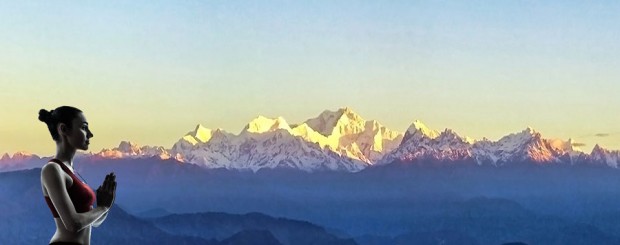About Subtle body

A subtle body is one of a series of psycho-spiritual constituents of living beings, according to various esoteric, occult, and mystical teachings. According to such beliefs each subtle body corresponds to a subtle plane of existence, in a hierarchy or great chain of being that culminates in the physical form.


























